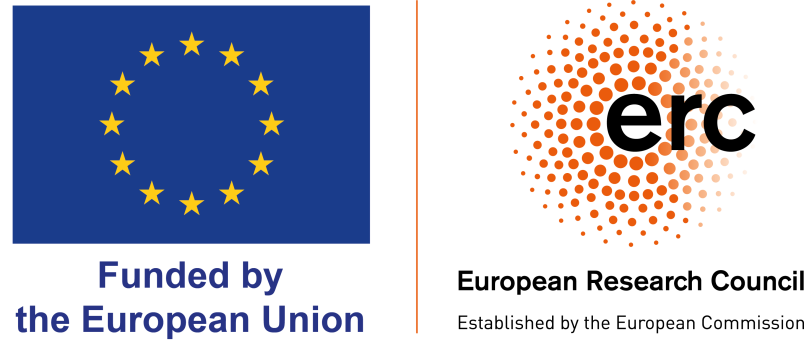
The European Research Council, established by the European Commission in 2007, was created with the aim of enhancing scientific creativity in Europe and supporting high-quality research carried out by the best researchers internationally. The ERC has quickly become an indicator of scientific excellence, while also positively characterising the working environment offered by the host institution as a whole.
Since 2013, Politecnico di Torino supports researchers in the participation in this prestigious and competitive funding scheme. This page shows active projects led by researchers from Politecnico di Torino.

TIP-FRESH investigates the social tipping points that can accelerate the spread of sustainable diets, currently adopted only within niche contexts. By integrating the analysis of dietary patterns, the water impacts of deforestation, and social and trade networks, the project promotes a food system transition capable of reducing global water stress.
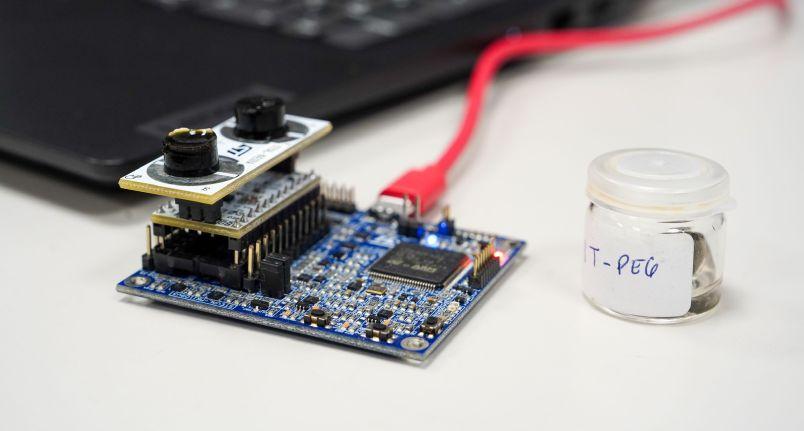
PROOF OF CONCEPT - HYSENS develops hybrid hydrogel piezoresistive sensors with 2D nanomaterials and conductive polymers for continuous, non-invasive blood pressure monitoring. It combines a battery-free NFC system for on-demand readings and a LoRa device for remote tracking, providing a scalable, sustainable solution for cardiovascular healthcare.

The project employs satellite swarms and distributed computing to process images of the Earth employing AI. IntelliSwarm aims to improve the resolution, availability, and timeliness of images, supporting effective management of environmental disasters such as floods and wildfires. Cooperation among satellites overcomes the limitations of large single satellites.
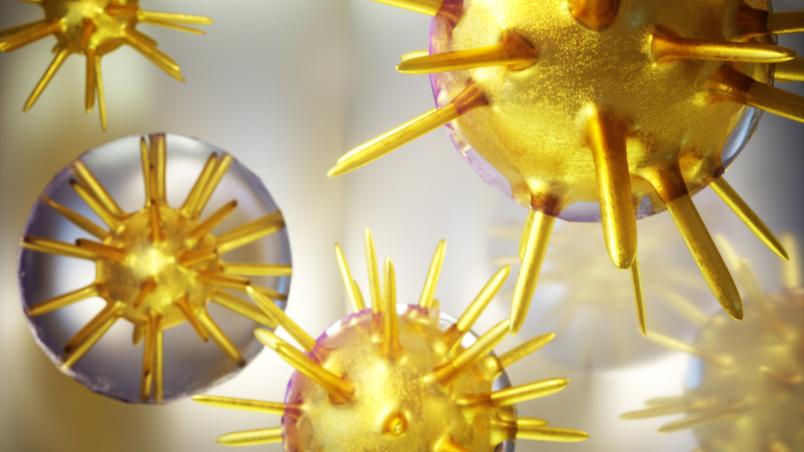
PROOF OF CONCEPT - STELLAR project will enable early diagnosis of prostate cancer, and many others, by exploiting advanced technologies such as surface enhanced Raman spectroscopy (SERS) and artificial intelligence. The goal of the project is to detect tumour microRNA fragments through blood tests, thereby offering a non-invasive, accessible, and remarkably accurate method to identify cancer-specific biomarkers and diagnose cancers early.
PROOF OF CONCEPT - The GINNY project develops a polyethylene oxide and glycerol-based electrolyte to enhance sustainable ammonia production, replacing lithium with a potassium-mediated process. It also converts glycerol, a biodiesel by-product, into valuable chemicals. The goal is to create an efficient, sustainable, and critical raw material-free technology for greener chemical processes.
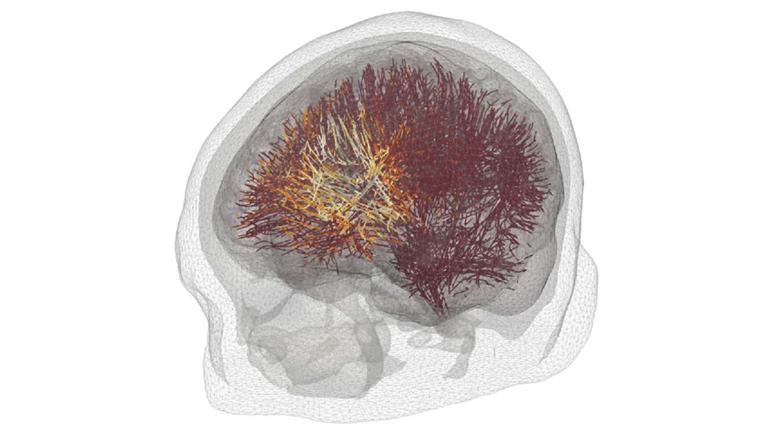
PROOF OF CONCEPT - TurboEEG aims to achieve ultra-high-resolution images from electroencephalography in drastically reduced times compared to current standards. The results will be distributed through open-source software, ensuring broad access to the new technology. This will enable widespread adoption of the results in scientific and medical fields, promoting large-scale dissemination.
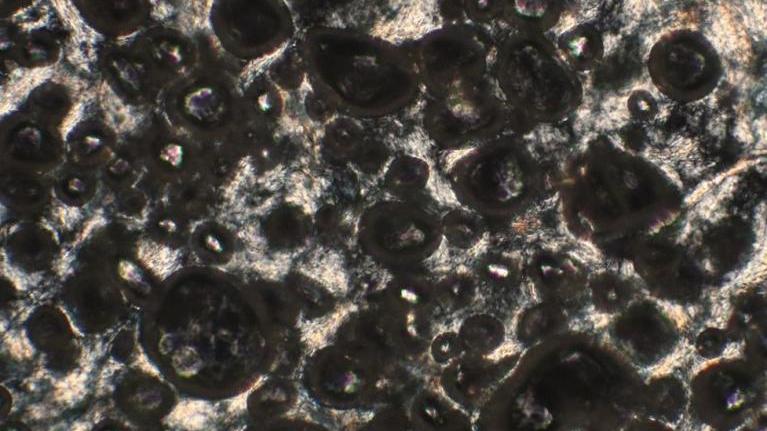
PROOF OF CONCEPT - NewOilFactory aims to develop new industrial processes for the production of crystalline oleogels, composed of oil and a gelifying agent, facilitating the reformulation of food by reducing the amount of saturated fat. The project aims to overcome the current regulatory, technological and environmental limitations that hinder their use to reduce saturated fat consumption.
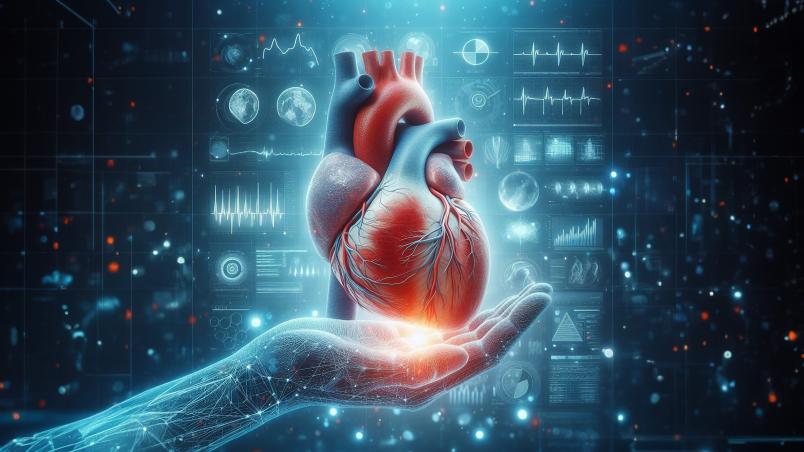
PROOF OF CONCEPT - EMPATIC aims to improve the predictivity of preclinical validation methods in order to support the development of therapies for cardiac regeneration. The project develops a new platform, integrating the most advanced bioengineering tools, to obtain in vitro models of mature human cardiac tissue on which noninvasive monitoring can be performed.
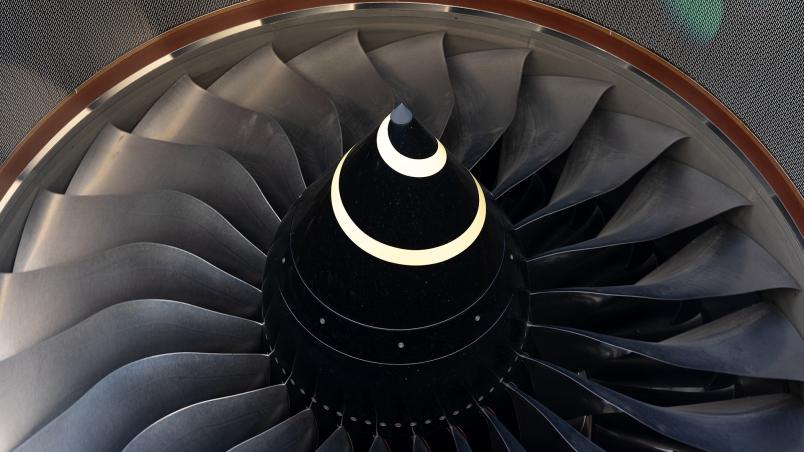
Acoustic fLow InteractioN over sound absorbing surfaces: effects on ImpedaNce and draG
The objective of LINING is to accurately describe and model the interaction between aerodynamic flow and acoustic waves on both conventional and new generation acoustic liners, integrating experimentation with high-fidelity numerical simulations.
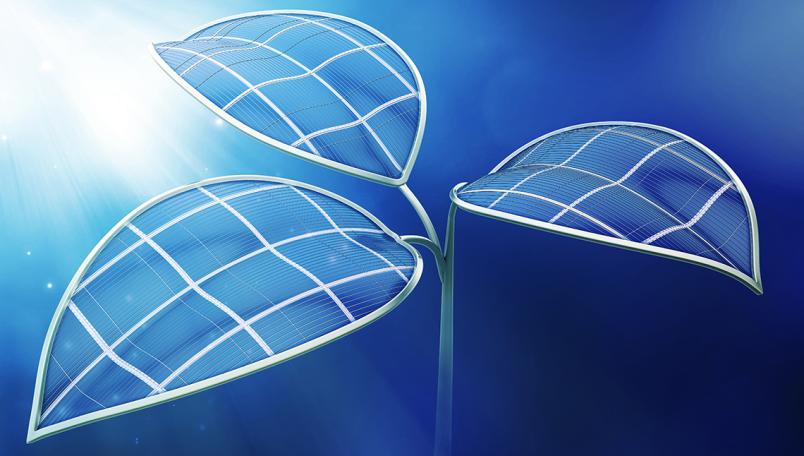
All-liquid phase JANUS BIdimensional materials for functional nano-architectures and assemblies.
JANUS BI aims to develop an innovative protocol for the production of 2D materials with different functionalities on opposite sides. The challenge is to implement the entire process in a liquid state, without resorting to solid-state transfer techniques, which are the current state of the art.
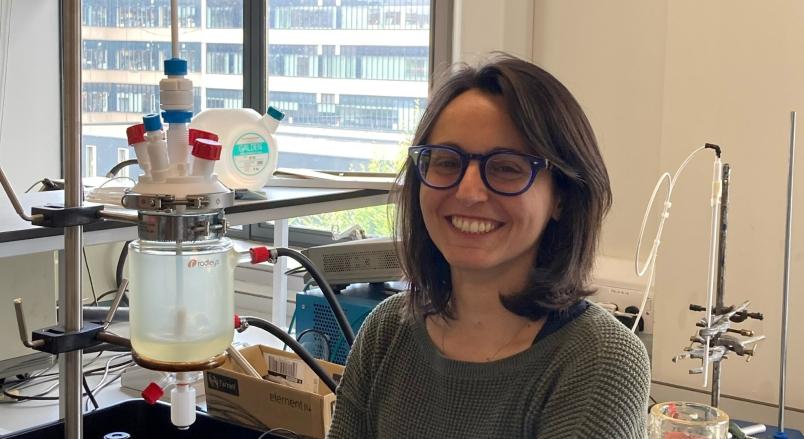
Crystal Engineering the New Generation of Sustainable, Biocompatible and Stimuli Responsive Formulations for the Delivery of Active Ingredients
The project will develop innovative natural crystals for the design of new formulations easily soluble and able to deliver active ingredients in a controlled way, to be used in the agrochemical, pharmaceutical and food industry.
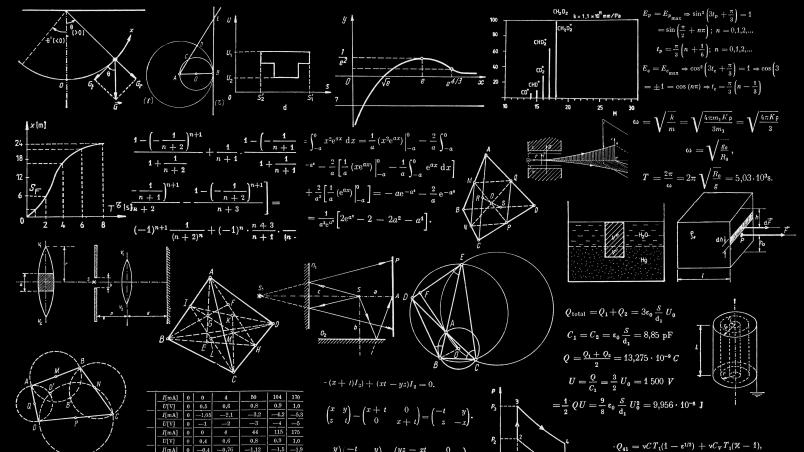
Physics-constrained adaptive learning for multi-physics optimization. PhyCo will combine physical principles and empirical modeling in a unified approach.The computational framework derived will be used to reconstruct HD flow images from low-resolution data, reduce emissions from hydrogen-based aircraft engines and maximise zero-emission energy collection from fluid-structural oscillations.

ANFIBIO - AmplificatioN Free Identification of cancer and viral biomarkers via plasmonic nanoparticles and liquid BIOpsy - will develop a set of technologies and advanced sensors to detect and quantify cancer and viral bio-markers in bodily fluids, making simpler, faster and more economical the diagnosis of many diseases.
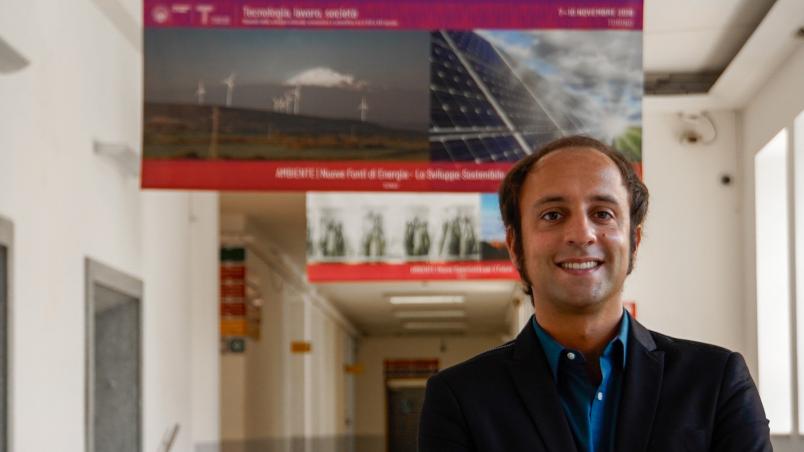
SuN2rise aims to develop a device to produce ammonia and fertilizers through a highly sustainable process both from the environmental and economic viewpoints, using solar energy to split the extremely stable nitrogen molecule.
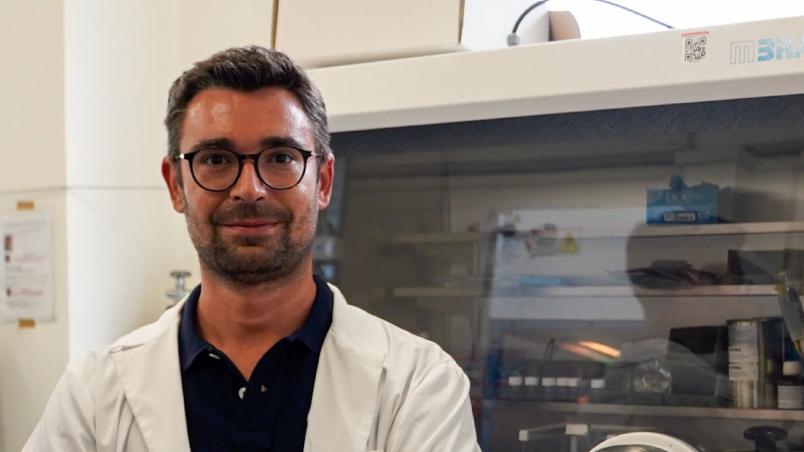
The CO2CAP project aims to recover energy from CO2 emissions through the use of an innovative electrochemical device that uses green ionic liquids capable of capturing CO2 with a less polluting and more efficient approach than traditional methods.

Solar energy is dependent on sunlight and intermittent, Light-DYNAMO is developing a solution to directly store solar energy using light-driven nanocrystal capacitors, such as “doped” metal oxides. Light-DYNAMO’s innovation is to use 2D transition metal dichalcogenides and nanocrystals, creating nanometer sized devices.
